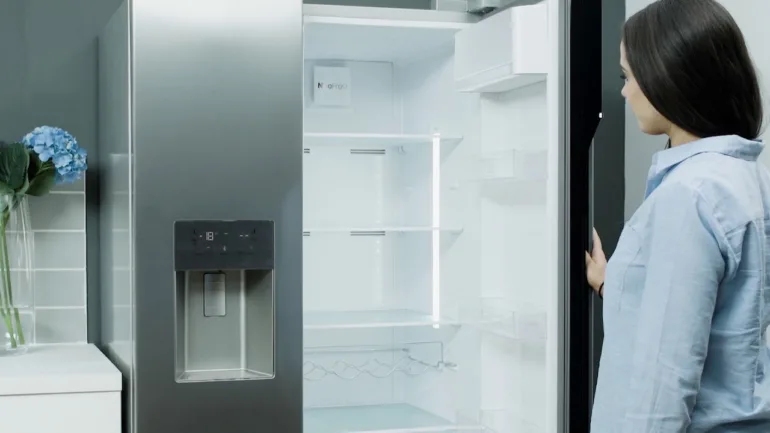When it comes to setting the refrigerator temperature correctly, many of us don't think twice and leave it at the factory settings. But to keep food fresh, prevent bacteria and save energy, knowing the optimal temperature is crucial. So how do you set up your refrigerator so that its contents stay as fresh as possible?
A refrigerator is an indispensable device for keeping food fresh, as it slows down the reproduction of bacteria. Do you know how much it is ideal temperature which one can you set the fridge to? Many do not know this!
Why is the temperature in the refrigerator so important?
The right temperature extends the life of food, while ensuring that food retains its taste, texture and nutritional value. The recommended temperature of the refrigerator is between 3 and 5 °C, as this is the area where bacterial growth and food spoilage are optimally slowed down. At lower temperatures, approaching the freezing point, "frostbite" can occur on food, which is especially harmful to sensitive types of food, such as salad or dairy products.

How to set up the refrigerator correctly?
Thermostat setting – Set the refrigerator between 3-5 °C on the thermostat and the freezer at around -18 °C. Some newer models allow more precise settings, such as setting special drawers to 0 °C for meat and fish, which further helps to keep protein foods fresh.
Distribution of food - Place the food in the refrigerator strategically, as each place in the refrigerator maintains a slightly different temperature. The coldest part is the bottom shelf, suitable for meat and fish, the middle shelf for dairy products, and the top shelf for ready-made meals and drinks. The drawers in the doors are ideal for sauces and spices that are not sensitive to temperature fluctuations, while the separate drawers are moist and suitable for fruit and vegetables.
Organization and moderation - Fill the refrigerator with approximately 80 %, as this is the only way the air inside will circulate evenly, which will achieve a constant temperature and lower energy consumption. It is also recommended to store food in suitable containers or packaging to reduce the transfer of moisture and to prevent odors from mixing.

Closing the door - Frequent opening of the refrigerator door affects the internal temperature, which the appliance then tries to achieve again, increasing energy consumption. Therefore, close the door as quickly as possible, which will keep the food fresh and save energy.
Conclusion: Care for long-lasting freshness
Properly setting up and organizing your fridge can significantly extend the life of food, reduce household costs and help prevent food waste. With the correct setting of the thermostat and good placement of the food in the refrigerator, you will achieve optimal freshness and taste of your favorite foods.





